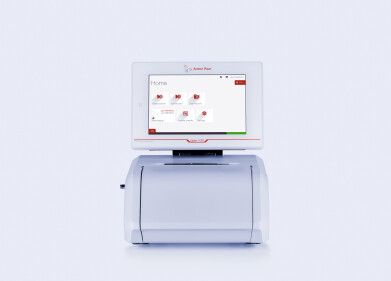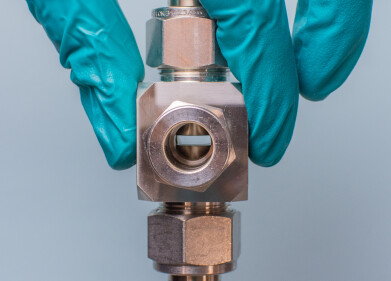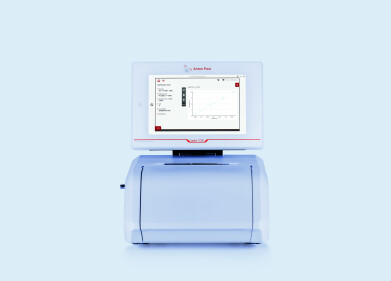Mass Spectrometry & Spectroscopy
How Many States Does Water Have?
Jan 04 2021
Using advanced x-ray laser technology, researchers at Stockholm University have pinpointed two different liquid states of water. The findings were published in the journal Science, with the team explaining how the technology was used to track the transformation of H2O molecules.
At temperatures of around minus 63 Celsius the team observed different pressure regimes with a density variation of 20%. Rapidly adjusting pressure levels before samples froze allowed the team to track the transformation of H2O molecules between liquid states.
Understanding the anomalous properties of H2O
Unlike most other liquids, water is an “anomalous” substance that changes its properties depending on factors such as temperature and pressure. Depending on the environment and conditions, water can change in temperature, density, viscosity and compressibility. The new Stockholm University study attempts to explain the anomalous properties of water by proving it’s possible for H2O to exist in two different liquid states at low temperatures. While in the past the concept has been explored using computer simulations, the use of x-ray laser technology has offered new insight into the dual liquid states of water.
"What was special was that we were able to X-ray unimaginably fast, before the water froze, and could observe how one liquid transformed to the other," explains co-author of the study Anders Nilsson, a Professor of Chemical Physics at Stockholm University. "For decades, there has been speculations and different theories to explain these anomalous properties and why they get stronger when water becomes colder. Now we have found that the two liquid states are real and can explain the water strangeness."
The complex role of water
For co-author and Senior Researcher in Chemical Physics Katrin Amann-Winkel, the study is an exciting leap forward for H2O research. “I have studied several forms of disordered ices for a long time with the goal to determine whether they can be considered a glassy state representing a frozen liquid," says Amann-Winkel. "It is a dream come true to see that indeed they represent real liquids and we see the transformation between them." Moving forward, the team hope the research can be used to develop a deeper understanding of the biological processes in living cells, as well as the role water plays in biological sciences.
X-ray laser technology is just one of the front-line advances driving research at global institutions such as Stockholm University. Find out more about the latest Nuclear Magnetic Resonance (NMR) advances in ‘Benchtop NMR – Bringing New Access to Technology to the Next Generation of Scientists.
Digital Edition
Lab Asia 31.6 Dec 2024
December 2024
Chromatography Articles - Sustainable chromatography: Embracing software for greener methods Mass Spectrometry & Spectroscopy Articles - Solving industry challenges for phosphorus containi...
View all digital editions
Events
Jan 22 2025 Tokyo, Japan
Jan 22 2025 Birmingham, UK
Jan 25 2025 San Diego, CA, USA
Jan 27 2025 Dubai, UAE
Jan 29 2025 Tokyo, Japan



















